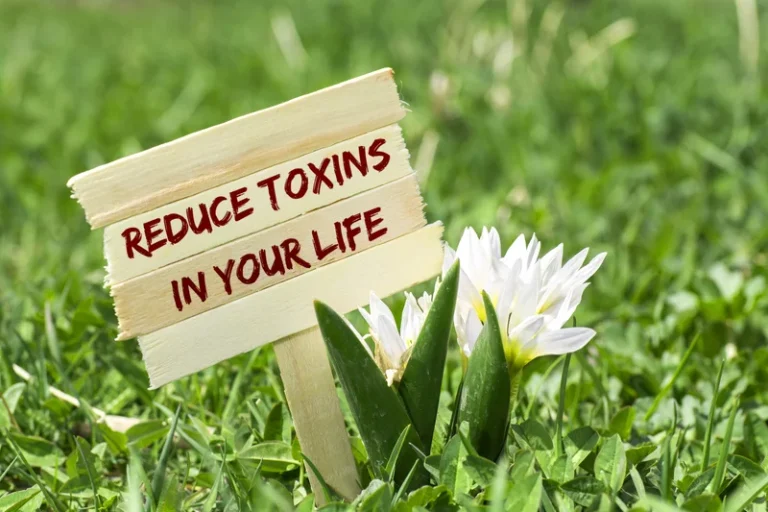
This positive reinforcement from others can further perpetuate their reliance on alcohol as a means of bolstering their ego and maintaining their desired image. A personality disorder is a type of mental illness where the person has a strict and unhealthy pattern of thinking, behaving, and functioning. People treated for addiction are more likely to have a personality disorder. Cultural influences and societal attitudes toward alcohol use also shape drinking behaviors.
The Connection Between Narcissism and Alcoholism

Narcissistic alcoholics covert narcissist alcoholic often struggle to maintain healthy relationships due to their self-centered behaviors and substance abuse issues. Their actions can create significant strain on personal connections and lead to emotional turmoil for those close to them. Conversely, alcohol abuse can exacerbate narcissistic traits, such as grandiosity and lack of empathy.
Family Programs

NPD is characterized by an inflated sense of self-importance, a constant need for admiration, and a lack of empathy for others. AUD, on the other hand, is a chronic disorder characterized by the compulsive and harmful consumption of alcohol. A dual diagnosis (or co-occurring disorder) is when one person has a mental health disorder along with a drug or alcohol abuse problem. There is a strong association between SUDs and other mental health disorders.
Mutual Reinforcement and Negative Consequences
This understanding can help you make sense of the narcissist’s actions and reactions. Narcissists are full of entitlement and lack empathy for others, so they may do whatever they want to others with no regard to their feelings. Alcoholics do the same when they put their drinking first without concern for how it affects others. In reality, these behaviors are often a mask for an individual’s fragile self-esteem and self-image. Similarly, using alcohol doesn’t mean a person with NPD has AUD, even if there have been incidents of extreme intoxication.

Exploring the Connection: Narcissism and Alcoholism
- In some cases, they take money set aside for household expenses or their children’s education.
- Furthermore, alcoholic narcissist has an exceptionally difficult time admitting that they have a problem.
- They are deeply resentful of others who have what they desire yet believe people are very jealous of them.
- Similarly, using alcohol doesn’t mean a person with NPD has AUD, even if there have been incidents of extreme intoxication.
- This is especially true if you have conflicted emotions and are reluctant to speak with others who might judge you or your relationship.
- Many people struggling with substance misuse have co-occurring mental health disorders.
People with NPD have a higher rate of relationship failures, legal issues, and difficulty making healthy social connections in their personal and professional lives. Sometimes, self-destructive tendencies cause people with NPD to make impulsive life-changing decisions, including cheating on a spouse or failing to follow proper workplace procedures. AUD increases risk-taking and self-destructive behaviors by lowering inhibitions and increasing symptoms of both conditions. Chronic alcohol misuse changes neurotransmitters in the brain and affects how the body responds to alcohol.

As they work through their 12-step program, they may begin to confront the manipulative and self-destructive tendencies in their behavior. There doesn’t appear to be a significant relationship between narcissistic personality disorder and substance use relapses. But, when people with both what is alcoholism AUD and NPD go back to drinking, they will probably hide or deny it. They may also feel like they failed and blame someone else for their failure. Effective treatment for narcissistic alcoholism requires a multifaceted approach. Psychotherapy, medications, and support systems play crucial roles in addressing both the alcohol use disorder and narcissistic personality traits.

Both conditions can lead to self-absorbed behavior, difficulty maintaining healthy relationships, and a tendency to avoid or mask feelings of shame. People with NPD may use alcohol as a coping mechanism to numb their underlying insecurities or boost their sense of grandiosity. Alcoholism can also contribute to the development or intensification of narcissistic behaviors. Prolonged alcohol abuse can lead to changes in personality and behavior, including heightened aggression, impulsivity, and a disregard for the needs and feelings of others.
Manipulation and Control in Relationships
Mood-related symptoms may include irritability, anxiety, and depression, especially when unable to drink. These individuals might also engage in gaslighting, a form of psychological manipulation where they make others question their own perceptions and memories. Bridges of Hope is an accredited drug and alcohol detox and rehabilitation center with customized programs tailored to each individual patient. It can be a part of celebratory occasions and fun, or an occasional way to unwind after a long day.
Exploring Treatment Options
People recovering from co-occurring AUD and NPD must find healthy ways to replace maladaptive behaviors and thought patterns. Narcissism involves manipulation, taking advantage of the kindness of others, and selfish behaviors. The care team helps clients overcome these symptoms and develop a healthy support system.
Narcissists reveal destructive behavior because of a lack of empathy and genuine emotions. They’ll also deny when they had a drink or that their drinking has negative consequences. Remember that setting boundaries is not selfish but necessary for mental health and well-being. Medications may be prescribed to manage alcohol cravings and withdrawal symptoms.
